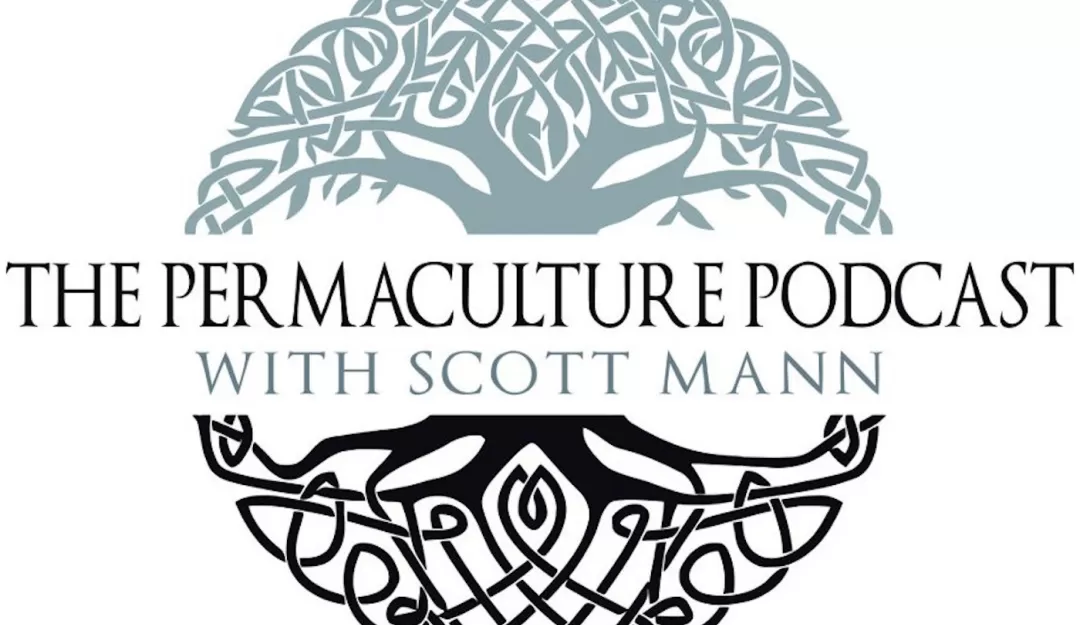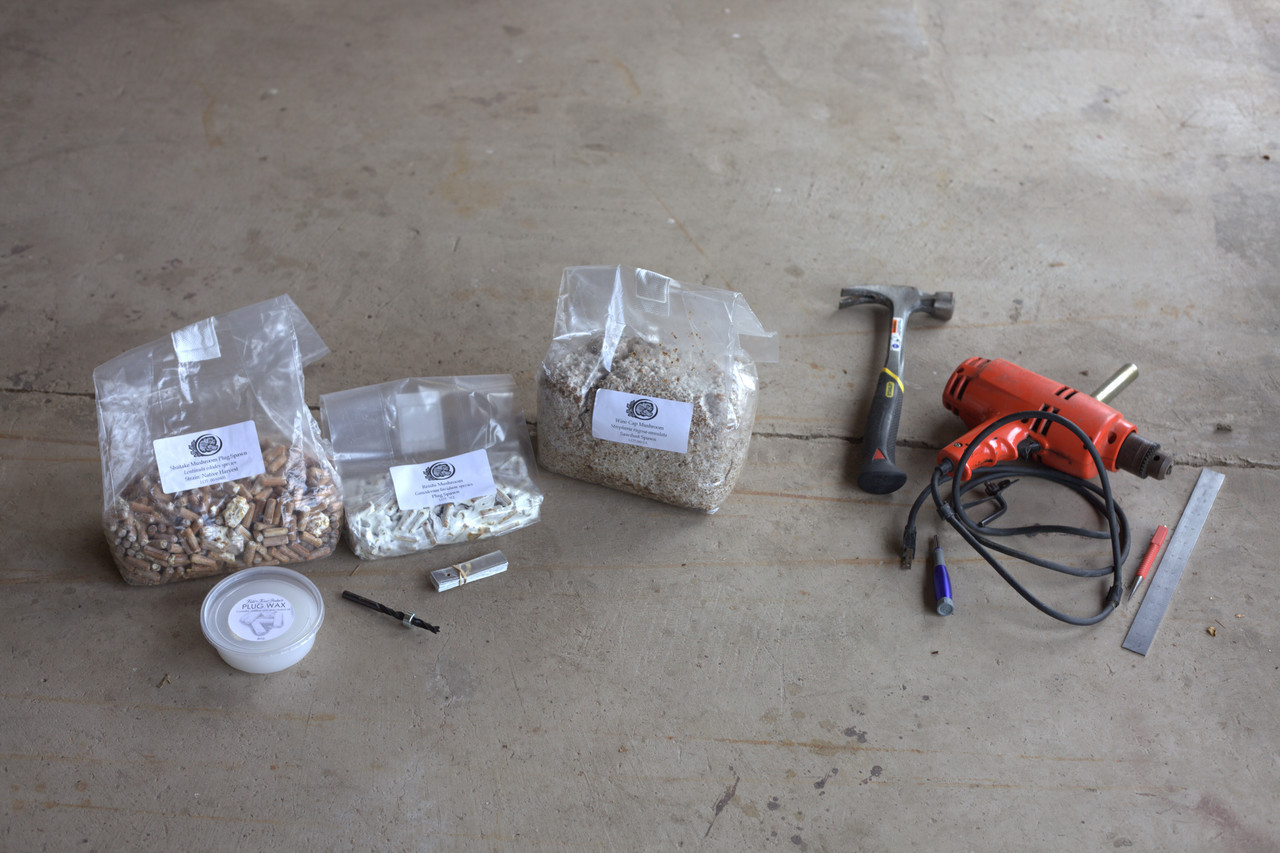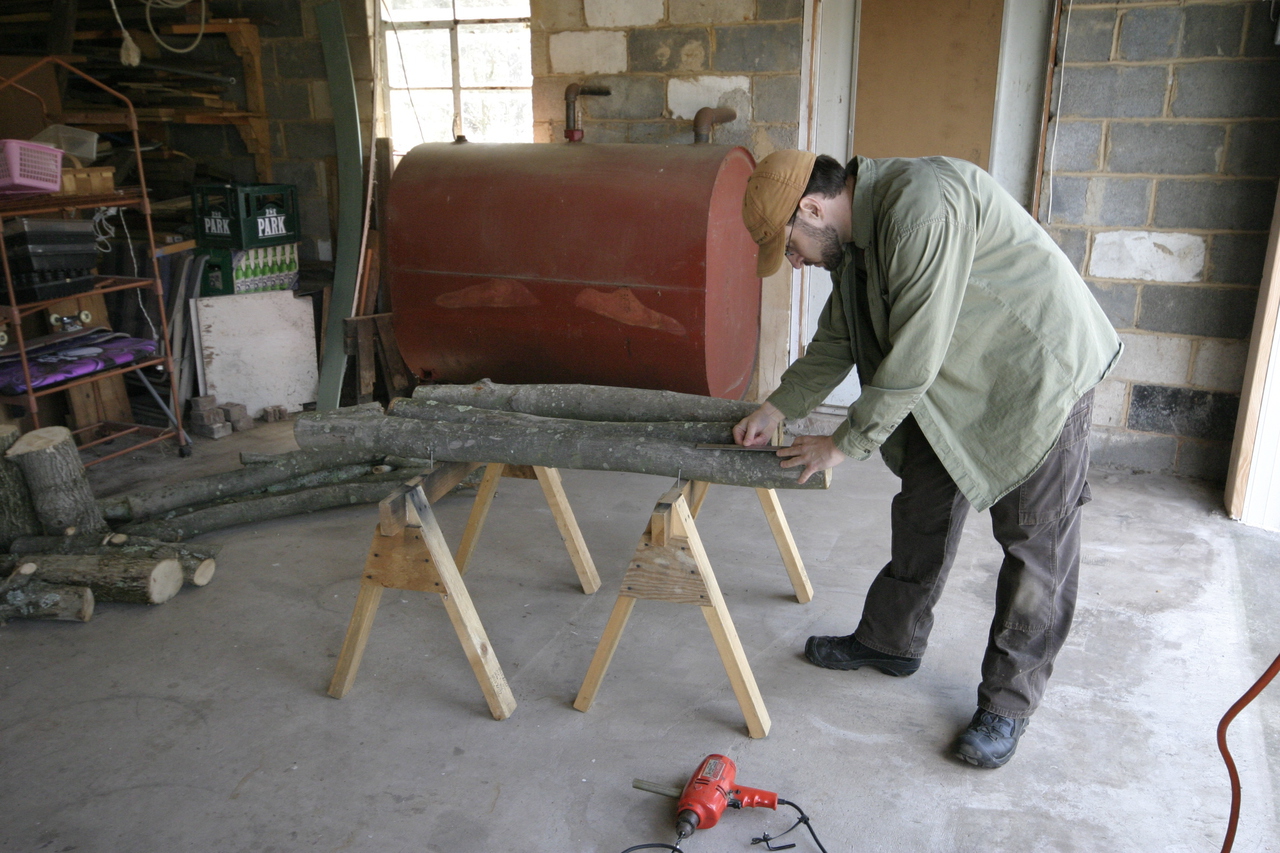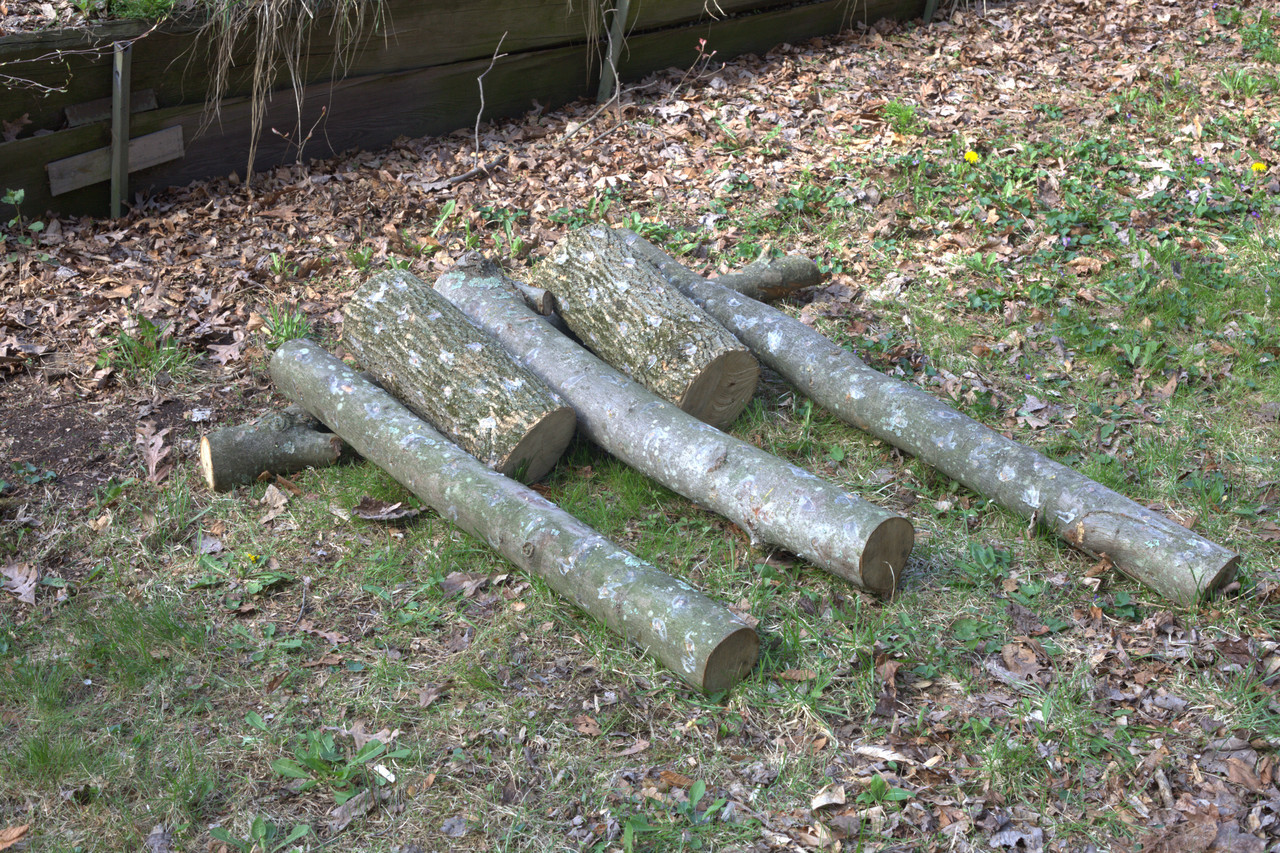Visit Our Partners:
Wild Abundance - Top 10 Vegetables to Grow that Will Really Feed You!
Marjory Wildcraft - How to Grow Food!
Donate Directly to the Podcast: PayPal -or- Venmo @permaculturepodcast
Join Our Patreon Community: Patreon.com/permaculturepodcast
Want to listen to more conversations about Permaculture?


 Mushroom spawn, tools, and supplies.[/caption] My own mushroom inoculating experience so far involved having my photographer John join me for a day of plugging logs, along with assistance from my son, over a one day period. What I learned from that experience is that, as Steve indicated, it is a labor intensive process. Using a starter kit from Field and Forest Products, paired with a hand-drill meant that it took 45 minutes to inoculate each log, once we got started. Combined with the video and photograph production time, we ran until we were running out of comfortable daylight and my wife was calling us to dinner. Drilling 50 holes, [caption id="" align="alignnone" width="1280"]
Mushroom spawn, tools, and supplies.[/caption] My own mushroom inoculating experience so far involved having my photographer John join me for a day of plugging logs, along with assistance from my son, over a one day period. What I learned from that experience is that, as Steve indicated, it is a labor intensive process. Using a starter kit from Field and Forest Products, paired with a hand-drill meant that it took 45 minutes to inoculate each log, once we got started. Combined with the video and photograph production time, we ran until we were running out of comfortable daylight and my wife was calling us to dinner. Drilling 50 holes, [caption id="" align="alignnone" width="1280"] Lining up and marking holes before drilling.[/caption] plugging, and sealing them for each log was rather intense, but satisfying. That day John, my son and I we were able to plug 5 logs with shiitake spawn that day: three red maple and two red oak. I’m now picking my way as time allows through some relatively fresh logs to plug more shiitake, and some reishi. [caption id="" align="alignnone" width="1280"]
Lining up and marking holes before drilling.[/caption] plugging, and sealing them for each log was rather intense, but satisfying. That day John, my son and I we were able to plug 5 logs with shiitake spawn that day: three red maple and two red oak. I’m now picking my way as time allows through some relatively fresh logs to plug more shiitake, and some reishi. [caption id="" align="alignnone" width="1280"] The logs at rest.[/caption] What I learned from this experience is that an ideal team for plugging logs is a 4 or 5 person team per station: 1 person to drill, 2 to plug, 1 to wax. That potential fifth would be there to turn the log for the driller and keep production moving. The Stropheria looks to be much easier, and I’ll know in a day or two of this episode coming out as I’ll be inoculating with 5lbs of sawdust spawn. More on that in the near future. Even though I have some time before I’ll be able to harvest the mushrooms, I’ve enjoyed experimenting with them and hope that you’ll take my step forward with this as encouragement to try your own hand at these species of mushroom as well.
The logs at rest.[/caption] What I learned from this experience is that an ideal team for plugging logs is a 4 or 5 person team per station: 1 person to drill, 2 to plug, 1 to wax. That potential fifth would be there to turn the log for the driller and keep production moving. The Stropheria looks to be much easier, and I’ll know in a day or two of this episode coming out as I’ll be inoculating with 5lbs of sawdust spawn. More on that in the near future. Even though I have some time before I’ll be able to harvest the mushrooms, I’ve enjoyed experimenting with them and hope that you’ll take my step forward with this as encouragement to try your own hand at these species of mushroom as well.